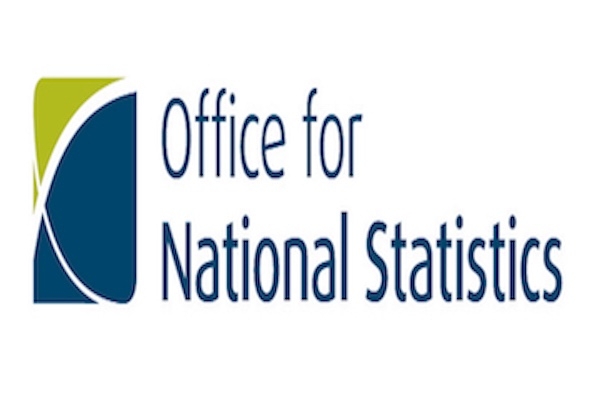There was a sharp increase in the key CPI measure of inflation from 1.5% in April to 2.1% in May.
The rise continues a recent rapid rise in inflation as lockdown measures have eased.
In April CPI doubled to 1.5% from 0.7% the previous month.
The rising cost of fuel and other transport costs was one of the key reasons for the increase in inflation in May.
The wider CPIH measure (Consumer Prices Index including owner occupiers’ housing costs) also rose by 2.1% in the 12 months to May 2021, up from 1.6% to April.
ONS said it had recorded rising prices for clothing, motor fuel, recreational goods (particularly games and recording media), and meals and drinks consumed out.
There were downward contributions from the cost of food and non-alcoholic beverages. Prices for these items have fallen this year but were up a year ago, particularly bread and cereals.
As a result of the easing of Coronavirus restrictions, the number of CPIH items identified as unavailable in May fell to 27, accounting for 3.1% of the basket by weight.
Paul Craig, portfolio manager at Quilter Investors, said: “Inflation is on the up, breaching the Bank of England’s 2% target, yet it remains hesitant to respond by reducing the stimulus it has provided and the quantitative easing that has become so addictive for markets. For now, this is likely the correct decision as we still expect much of the inflation feeding through to be transitory. Wage increases do appear to be coming through, but again this data is so distorted by the furlough scheme that it can’t be seen as a reliable indicator.
“Unfortunately, much of the inflation that is coming through is bad inflation and hitting lower income households in the pocket. How long these price rises continue remains to be seen. Will inflationary pressures be self-defeating or resolved as pent-up demand dissipates or is met with increasing supply. But should it become sustained then it risks making the recovery even more uneven than it already is and thus, it will ultimately fall to government to pull the fiscal levers as it continues in its levelling up agenda.

